We had a task to re-do our continuity task for the film project. From the task I learnt and remembered 180 rule and that where the camera is on certain parts of the sequence, really matters. I learnt that during a conversation between two characters, the camera should be showing both the characters when they speak or if not you can have the camera of the characters reaction to the other talking.
Continuity Task and My sequence - Looking back at your preliminary task, what do you feel you have learnt in the progression from it to full product?
Posted by CMDIPLOMA

My task was to compare one of my shots, which included my actor within it, with another shot from another movie. I close my only shot of my character, which is a zoom in of him in a hospital bed and still in his coma. I have chosen to compare it to a shot out of the film 'Awake'. The shot shows the character under anesthetic and with all the medical equipment plugged into his body.
The image above is of my 9 key frames from my opening sequence. Each of my images which I have chosen, when in the moving sequence, show didn't forms and conventions which I have used. The first images shows my titles of my film and it also represents camera movement. This is because when it is in movement, it starts off small and it spins slowly whilst zooming in on the images and title. This probably my favourite camera movement and is the best example of one way in which I used the camera to make my opening sequence interesting.
The level two group were given a sheet of questions to fill out, which would give us feedback on our sequences. Here are the questions and the feedback.
Jake and Jim came into our media class for one morning to see our opening sequences and give us feedback. The feedback the Jake gave me was that my sequence was a little bit slow and that you had to wait a while to get to see the titles of my film. He mentioned that I could zoom out of the picture a bit more so that we got to see the titles a bit quicker.
Thing in which I think I could improve on and develop.
This is my other invoice cloud which work pretty much the same way but this one is the other way around. The names within the cloud are people which I have helped with something which they needed help with, I would fill out the sheet with the job which I did for them and then they would give me feedback, Again, the text is bigger if I helped them a lot and the name is further away is they gave me bad feedback and so on.

This is my invoice cloud, which is based on the invoices I received once my class mates helped me with tasks which I needed help with. The invoices were bits of paper which in this case they would fill out with what job they did to help me and then I would write feedback on the bottom of the sheet.
The cloud is quite simple, the more further away of each names are the better the feedback I gave them on the invoice and the bolder the text is on each name, the more times I have need their help. For example, I gave Kirk the best feedback but James helped me the most but didn’t get such great feedback.
Technologies - How I Used Them - What have you learnt about technologies from the process of constructing this product?
Posted by CMDIPLOMAIn the picture above I have gathered all the items which I used within my project to complete my opening sequence. The the picture consists of camera's, both the HD camera and my digital camera, Mac's and head phones. I also added in all of the software which I used throughout the project, such as, Final Cut, Garage Band, Logic, Comic Life and also some websites like Art of the Title and Dafont . com.
Film Opening -With Commentary - What kind of media institution might distribute your media product and why? How did you attract/address your audience?
Posted by CMDIPLOMAIn what ways does your media product use, develop or challenge forms and conventions of real media products? (i.e. of film openings)
Most of my inspiration was from the film 'American Splendor' and its opening sequence. I liked the way that the camera moved over the comic images and also the style of the comic images. When creating my comic's within 'ComicLife Magic', I tried to recreate the same style the comic's were in American Splendor, they were tinted brown, to give an old comic effect.
How does your media product represent particular social groups
What kind of media institution might distribute your media product and why?
The video below is my Coma video but a version of it without the last part of footage. A couple of people thought that my video would look better without the end footage but I decided in the end that myself and a lot of others preferred it to be included so it is now in my final version. This video below was made more for comparison between my final version and this version I could have had.
This my final version of my film opening project. I think it went quite well and turned out to be a good video, in my opinion. If I had another day to do this project, I think I would probably use the extra time to play around with the order of my pictures and get some more opinions from others. As before I finished my project, there was a lot of debate on what order to put my picture in and whether to keep my end footage. I decided in the end to keep the end footage and I ended up changing the order of my pictures slightly and I think the end outcome is good.
"Dialogue could be bit louder, as music goes over voiceover" - For this I am planning to get rid of the voiceover all together as I think it is not really needed very much within my opening sequence.
This is my draft version of my final video, for my opening sequence. So far, I think it has gone quite well and quite smoothly but there are a few things within this video above in which I need to edit before making it my final version.
My three tips to give, if I were to go back in time and repeat it all again are . . .
Today we were asked to draw a positive image of a part of half term, in which we felt good about and felt that we achieved something good.
During my project, I have had a 30 day trial of the software 'ComicLife Magic', to use to make my comic image look more like they came from a comic book. Overall I really enjoyed using the software as it was easy and fun to use and it worked well for my film project.
Drawing the comic's over half term wasn't really hard at all. I had all my pictures all planned out before hand so it was easy to just get stuck into it. I measured out each picture so they were the same size each time and so they would look the same measurements within the comic.



Below is the script for the beginning of my opening sequence. The script should last about 12 seconds when spoken in a steady pace and in a sort of serious and dark voice.
Coma
I didn't manage to find an actual doctor's surgery or hospital bed to shoot, which didn't really surprise me but I did manage to get the first aid room at Long Road College, to shoot my one shot in. Below are some pictures I took of the first aid room and when looking at them, there are a few things which I need to do to make the scene look more realistic. Such as, making a drip stand and the drip and bringing in a white sheet to use as a blanket.



Below is a continuity task, which I and three other class mates made to practice with the expensive camera's. The task was set to remake the same continuity task as we completed before but to make it using a better camera, making one version normally and another in HD. The first video below is the normal version which we remade and then under that is the HD remake.
I found the task quite easy to do as I have done it before and it didn't take long at all to grasp how to work the different camera's. I really enjoyed using them and I think they will be even more fun to shoot with during our shooting period.
I watched both the HD version and the normal version of my continuity tasks and compared them to see if there was any sort of difference between them. I expected the HD version to have a clearer picture than the normal version but that was as much as I thought I would see. So far, all I have noticed is just the picture and to me, even that isn't that different.
 The next and last image of a plain, white sheet. This is the only prop which I will need to use within my last and only real shot, in my opening sequence. This sheet will be used to cover my actor when he is lying in the hospital bed - playing my coma victim.
The next and last image of a plain, white sheet. This is the only prop which I will need to use within my last and only real shot, in my opening sequence. This sheet will be used to cover my actor when he is lying in the hospital bed - playing my coma victim.
This is a more solid version of my shot list, edited from my previous draft shot list.
Props
Costume
Location
The following is one major issue which may occur throughout my project and of which I should take note of and see how I can help this problem which I may face.
The following is one major issue which may occur throughout my project and of which I should take note of and see how I can help this problem which I may face.
The following is one major issue which may occur throughout my project and of which I should take note of and see how I can help this problem which I may face.
Nuisances
- drawing of comic strips - my drawings may not be very good quality and I may need someone to help with drawing them.
- I need to be able to make good effects for my opening and may need some help with this again too.
Minor Concerns
- I have quite a small amount of time to complete this project, so I will need to sort out my time well.
- I will also have to find the time to do part of it at home too, as lessons times are really not long enough.
- I will have to make sure I get the music done in good time too, especially as someone else is completing it for me.

We all received feedback from one person in our class, about what they thought of our blogs and what we could do to improve it.
Planning for story board this week.
This image below is of three frames, which I have taken from my nine shots and then drawn in the style similar to three of my moodboard images.
My first shot it a close-up of a picture within a comic book. The man in the shot is meant to be a doctor and he is telling the coma victims family about the situation.
In class we made a timeline to layout what ideas we have so far, where they would come in to the sequence and what shots went where etc. Here is a rough version of my ideas for my shots throughout the opening.
These pictures show more font titles which I think would suit well in my opening and I also like the picture and layout which appear on the front of the DVD.


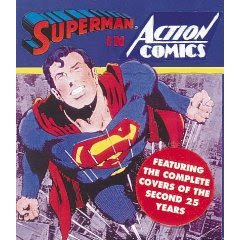

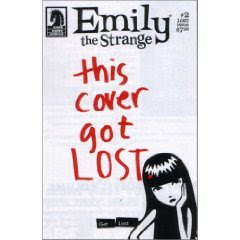
Labels: Film Opening Project, fonts, images, moodboard, opening sequence
The first mood I am showing and wanting to set is mysterious, as my character is very mysterious and I think that this mood is very important within my film and should be shown in the opening.






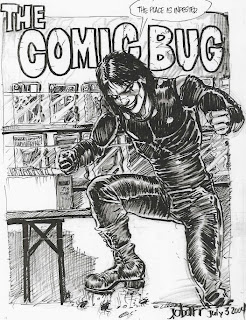
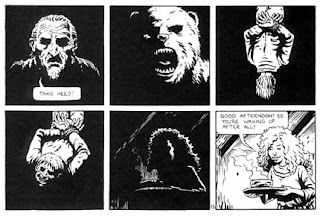

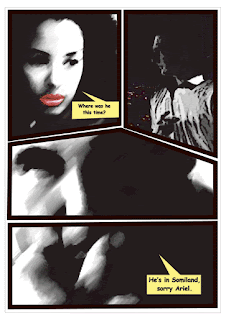
Here are a few images for my moodboard, which I may use for inspiration, when creating my opening sequence. These images are similar to the way I want to lay out my opening sequence and they give me some ideas on what colour schemes I may use. 
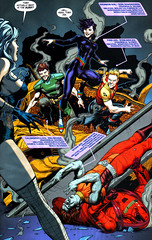


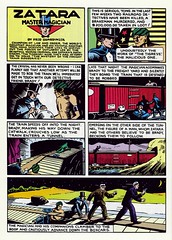
Here are a few comic font which I Thought would be good for my titles sequence - http://www.urbanfonts.com/fonts/comic-fonts.htm
I thought that these fonts would be good as they look a bit like they would be used in a comic strip and for my sequence I am thinking about making a comic strip which runs across the screen. These are comic fonts and are interesting fonts to use for my sequence.





















